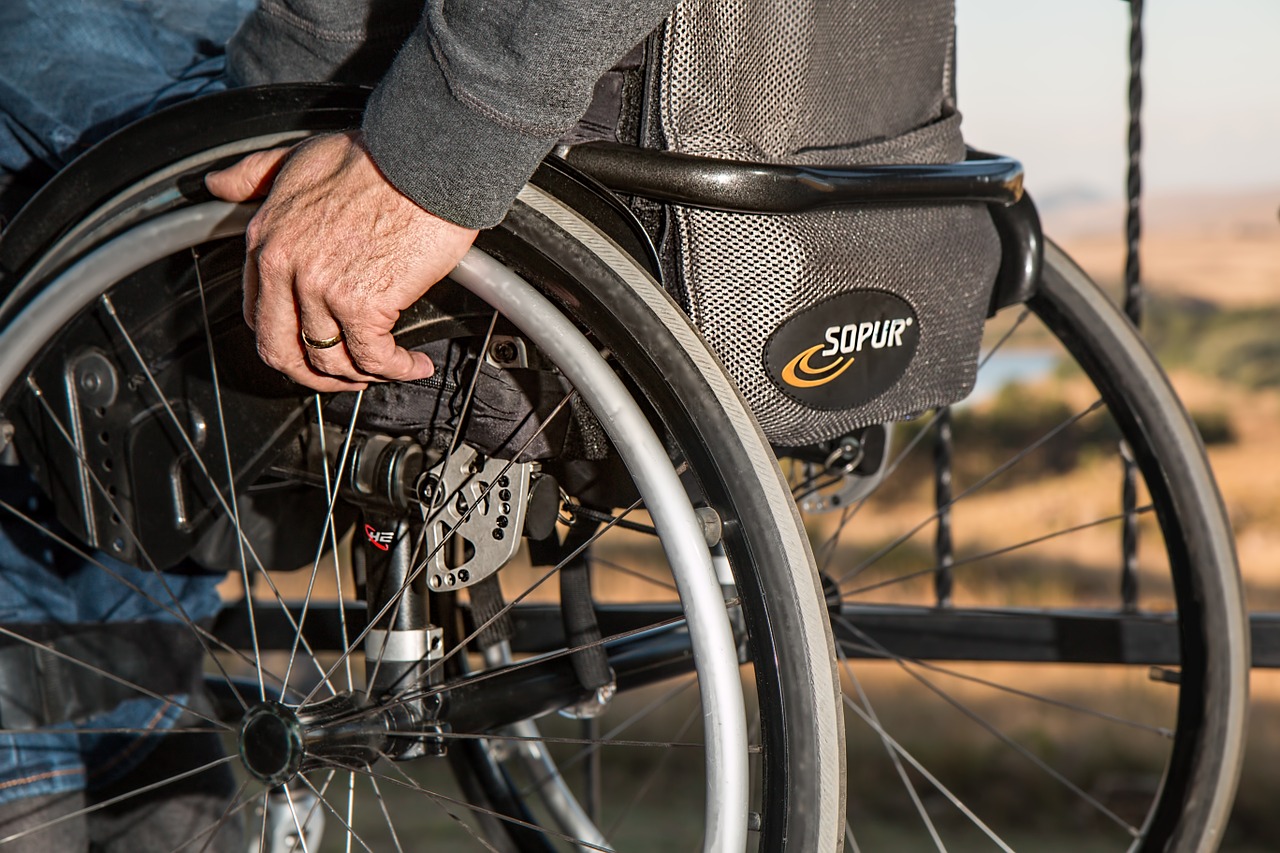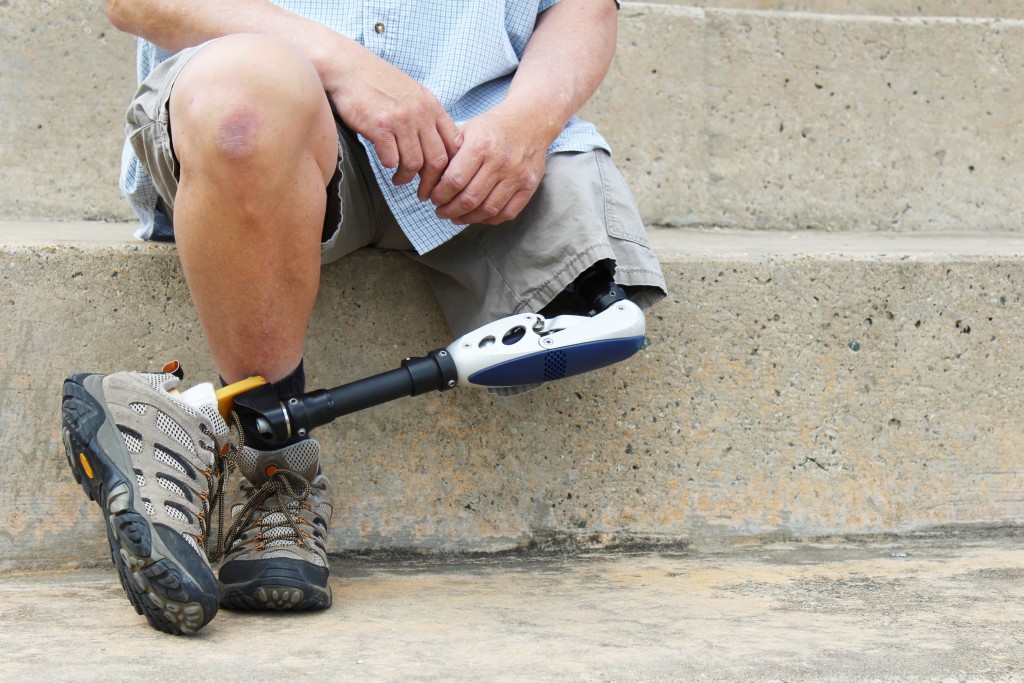Homes aren’t necessarily built with accessibility in mind, so there needs to be some adjustments if you want to make your home more disabled-friendly. Whether you live with a disabled individual or you have seniors in the house, these are essential changes to make sure that the home is as safe and comfortable an environment as possible. These days, not everyone gets to build their houses from scratch, but you can still find some all-utilities included apartments that can provide enough space and convenience to build a life. That means, however, that you’ll need to make some additional changes to the existing property so that it can be an accessible place. Here are some things you can and should consider doing:
- Install handrails in relevant sections to avoid accidents and injuries.
- Try to have low height but adequate clearance for tables and amenities so that someone in a wheelchair can use them.
- Add some ramps to create better access to different areas.
- Make use of smart systems to make navigating the home more manageable.
- Avoid high storage to help them have better reach.
Install handrails in relevant sections to avoid accidents and injuries.
Handrails can be life-savers for those who have limited mobility and precarious balance. It’s an excellent support to have when one needs to regain their stability or hold on to something for a breather. It can be the difference between a slight slip and a dangerous, life-threatening fall. Put these in the bathroom and significant intersections throughout the home so that it’s easier to get around. According to the Centers for Disease Control and Prevention, one in five falls cause serious injury and are the most common cause of traumatic brain injuries.
These risks are already relevant in general but can increase the more limited the movement and reaction time an individual might have.
Try to have low height but adequate clearance for tables and amenities so that someone in a wheelchair can use them.
 If countertops are too high, this can significantly impact how a person in a wheelchair can use them practically. If you can make use of tables and countertops that are lowered a bit, this can increase the ease of access and add some independence for individuals who use wheelchairs. That said, you’ll still want to make sure that tables and the like have adequate clearance underneath so that they don’t bar a wheelchair from fitting underneath. Imagine trying to eat at the dinner table, and you get stuck because your chair doesn’t slide underneath with enough room for your knees. Take these factors into consideration when building, remodeling, or buying such pieces of furniture.
If countertops are too high, this can significantly impact how a person in a wheelchair can use them practically. If you can make use of tables and countertops that are lowered a bit, this can increase the ease of access and add some independence for individuals who use wheelchairs. That said, you’ll still want to make sure that tables and the like have adequate clearance underneath so that they don’t bar a wheelchair from fitting underneath. Imagine trying to eat at the dinner table, and you get stuck because your chair doesn’t slide underneath with enough room for your knees. Take these factors into consideration when building, remodeling, or buying such pieces of furniture.
Add some ramps to create better access to different areas.
If you have any part of the entryway or interiors elevated, get some ramps so that they don’t become hindrances to anyone with a wheelchair. It can also make it a safer path, if installed correctly, for anyone using crutches, assistive canes, and other mobility aids. You don’t want to make the slope too steep, and you want to make sure that the height is just right; otherwise, you’ll only exacerbate the danger of traversing the area.
It doesn’t take too much to build your own ramp, and even if you don’t opt for expensive options like concrete or steel, you can use some reliable wood with an excellent topcoat over it to create a safe and efficient wheelchair ramp.
Make use of smart systems to make navigating the home more manageable.
Another way to make things easier without dismantling stuff is simply incorporating devices that make the home smarter. Digital door locks, voice-activated controls, AI assistants, and more are great ways to help any disabled individual get around their own home without as much struggle. You can use these accordingly to make it easier to unlock doors, control temperature and lighting, and even do simple tasks like switch off devices and check the time. The good thing about these devices, too, is that as they continue to innovate, you don’t need to have an entire system rigged up at once. You can start incorporating a few things first and eventually build it up as long as you have a compatible system and internet access.
Avoid high storage to help them have better reach.
This suggestion is more of a choice that relies on how you manage your items at home and figure out which things are most often used or prioritized. Food, medicine, and supplies shouldn’t be a difficult thing to reach, but items that you’ll likely be storing for the long haul can be the ones that take up the higher shelf spaces.
These are just some of the things you can change to make your home much more accessible. They don’t necessarily create any detriment to anyone in the house, and it makes it a much more welcoming place for anybody to live in.

